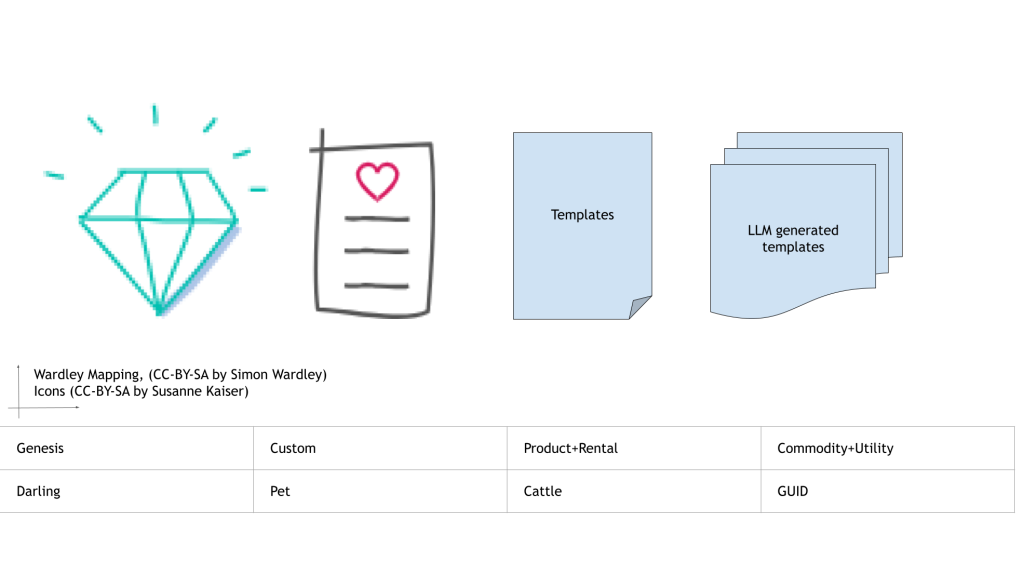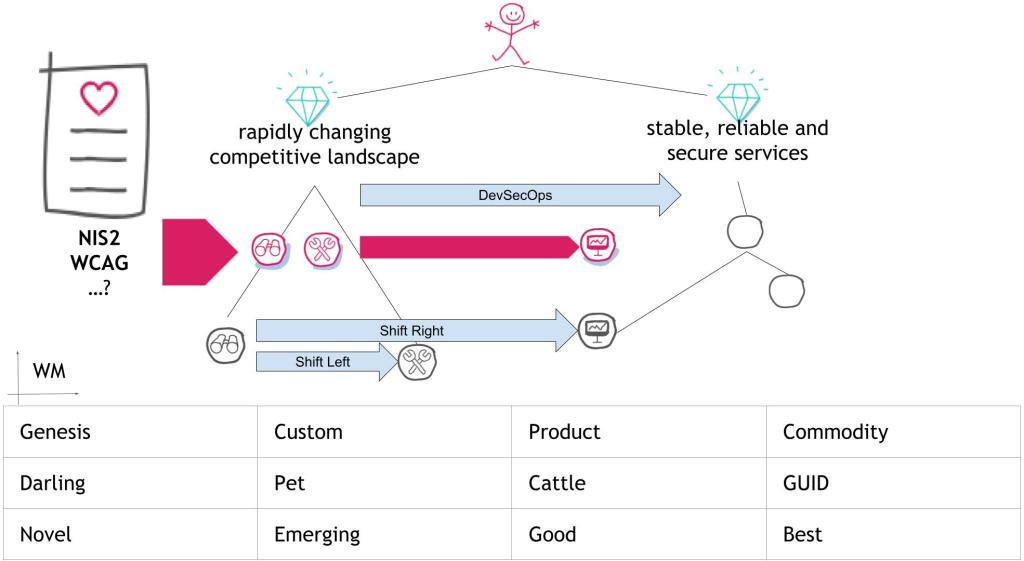Yes, you. What if you’re not around – what will happen with your tasks? Perhaps you feel that you can’t really take time off – because you are in the middle of everything. All teams need some way to handle both planned and unplanned absences. It’s not a matter of if – it’s a matter of when.
The topic came up recently on the Ministry Testing Club: How do you mitigate the risk of someone leaving the company. My answer was shared on LinkedIn, which led to Melissa reminding me to blog about it. Having been absent from the blog for a while, it was an appropriate topic 😉.
First of all, plan your planned absences. Whatever your local PTO and vacation law allow plan as much as you can in advance. Knowing that you usually need X amount for summer and Y amount for the holidays is a great start. Perhaps keep a few in reserve, if you are more of a person who has to take time off more reactively. I know the Nordics have generous laws with both vacation allowance, illness with pay, and child illnesses. While laws are laws, the culture can vary from company to company on how to manage absences. As with many other themes – be in control of your own time.
Where I work, we have a project allocation system that also covers “non-working” requests. As shared in the Club and in the LinkedIn post, a test lead recently submitted vacation 8 months in advance and had it approved. The customer, though, updated the project release date and a test lead was required during the test lead vacation. We struggled to find a replacement, as everyone else was already accounted for. There was no immediate mitigation of that test lead being away in that team.
A Peer System
We do have graduates, student workers, and other entry-level positions in the company. I try to engage with them and train them. So that they can learn and I work on something else. I called it a “peer system” in the Club reply above. It really goes for all roles, especially for those that are prone to bottlenecks. As I’m writing this I see yet another post on soMe, where a tester has 11 work items in status “Ready for test” at the end of the sprint and on a Friday. Testers are not the only ones prone to being bottlenecks. Principal staff easily becomes bottlenecks if they are the only ones to approve PRs, review work, do firefighting, etc. Being a bottleneck you become prone to stress, overworking, and potentially long-time unplanned health events that will make you absent.
How about if we formalized a peer system a little more. Appoint a peer for everybody! Have someone that you keep in the loop and someone that keeps you in the loop. It’s not about Cc’ing your manager on everything. They are usually doing management stuff and should have a similar peer. Perhaps you – if you are an aspiring manager. Some years back a coworker of mine became manager after having been a maternity leave temp for the previous manager. A sign of a good company is that they take business continuity management seriously in the leadership group. It’s actually a thing – if you need it at your place let me know.
Delegate Your work
Good leaders, even the informal ones without hierarchical responsibilities always try to delegate and work themselves out of a job. They share everything, work in public, and don’t sit on information or documentation. While it seems beneficial to be the go-to person (even for testing), it doesn’t scale in the long run. If you hoard skills and practices you become a bottleneck, a single point of failure. Rather you should move from “me” to “we” and learn to grow what you master in others. This will also help you grow yourself. There will be more about growing into leading testing activities in my book on the topic 😉.
I will always try to work collaboratively and share what I know. Plan your own time both for today, this week, and for the future. Yet life happens and having a peer helps both you and your peer if you are not around.







